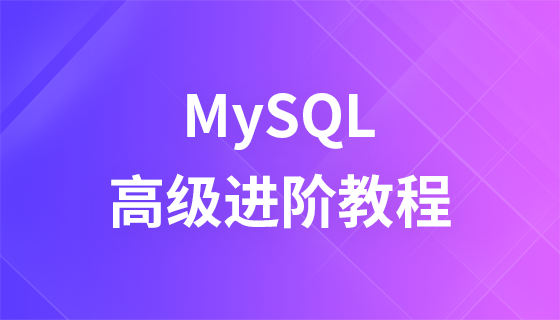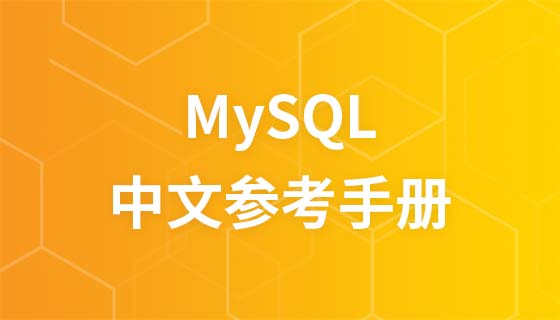在MySQL資料庫中,在建立觸發器前應先查看資料庫中的觸發器,這樣既可以使開發人員對指定的資料庫中的所有觸發器及功能有一個直觀的把握,而且又可以避免創建同名或類似功能的觸發器。

那麼我麼在上一篇文章《MySQL觸發器之創建觸發器》中,介紹如何建立MySQL觸發器,小夥伴們可以回顧一下上一篇我們說的知識,那我們今天就先給大家主要介紹查看MySQL觸發器!
技術要點:
查看MySQL 資料庫中的觸發器詳細信息,可以透過以下語句實現:
show triggers
使用show triggers語句前應該先指明查看的資料庫~
##實作過程
(1)先建立一個php文件,在php檔案中建立一個form 表單,在表單中的輸入框中輸入要查看的觸發器的資料庫,然後點擊「檢視」按鈕,將該資料庫的觸發器的詳細資料顯示出來~ (2)然後我們建立與資料庫的連接,選擇要查看觸發器的資料庫! (3) 最後執行show triggers語句,並使用do{...}while{...}循環顯示出查找到的觸發器的詳細資訊~那麼以上三步驟的具體程式碼如下:<form action="4.php" method="post" name="form1">
请输入数据库名字: <input type="text" name="username" >
<input type="submit" name="Submit" value="查看">
</form>
<?php
header("Content-Type:text/html; charset=utf-8");
$name = $_POST['username'];
$link = mysqli_connect("localhost", "root", "root");
$conn= @mysql_select_db($link,$name);
$sql = @mysql_query("show triggers",$link);
$info = @mysql_fetch_array($sql);
if($info){
echo "该数据库没有设置触发器";
}else{
?>
<table width="600" height="50" border="0" align="center" cellspacing="1" cellpadding="0">
<tr>
<td width="156" height="25" bgcolor="#A2D4F4">
<p align='center'>名称</p>
</td>
<td width="156" height="25" bgcolor="#A2D4F4">
<p align='center'>表名字</p>
</td>
<td width="156" height="25" bgcolor="#A2D4F4">
<p align='center'>触发事件</p>
</td>
<td width="156" height="25" bgcolor="#A2D4F4">
<p align='center'>时间</p>
</td>
<td width="156" height="25" bgcolor="#A2D4F4">
<p align='center'>触发时执行的SQL语句</p>
</td>
</tr>
<?php
do{
?>
<tr>
<td width="156" height="25" bgcolor="#A2D4F4">
<p align='center'><?php echo $info['Trigger'];?></p>
</td>
<td width="156" height="25" bgcolor="#A2D4F4">
<p align='center'><?php echo $info['Table'];?></p>
</td>
<td width="156" height="25" bgcolor="#A2D4F4">
<p align='center'><?php echo $info['Event'];?></p>
</td>
<td width="156" height="25" bgcolor="#A2D4F4">
<p align='center'><?php echo $info['Timing'];?></p>
</td>
<td width="156" height="25" bgcolor="#A2D4F4">
<p align='center'><?php echo $info['Statement'];?></p>
</td>
</tr>
<?php
}while($info = @mysql_fetch_array($sql));
}
?>
</table>
以上是MySQL觸發器之檢視觸發器的詳細內容。更多資訊請關注PHP中文網其他相關文章!

